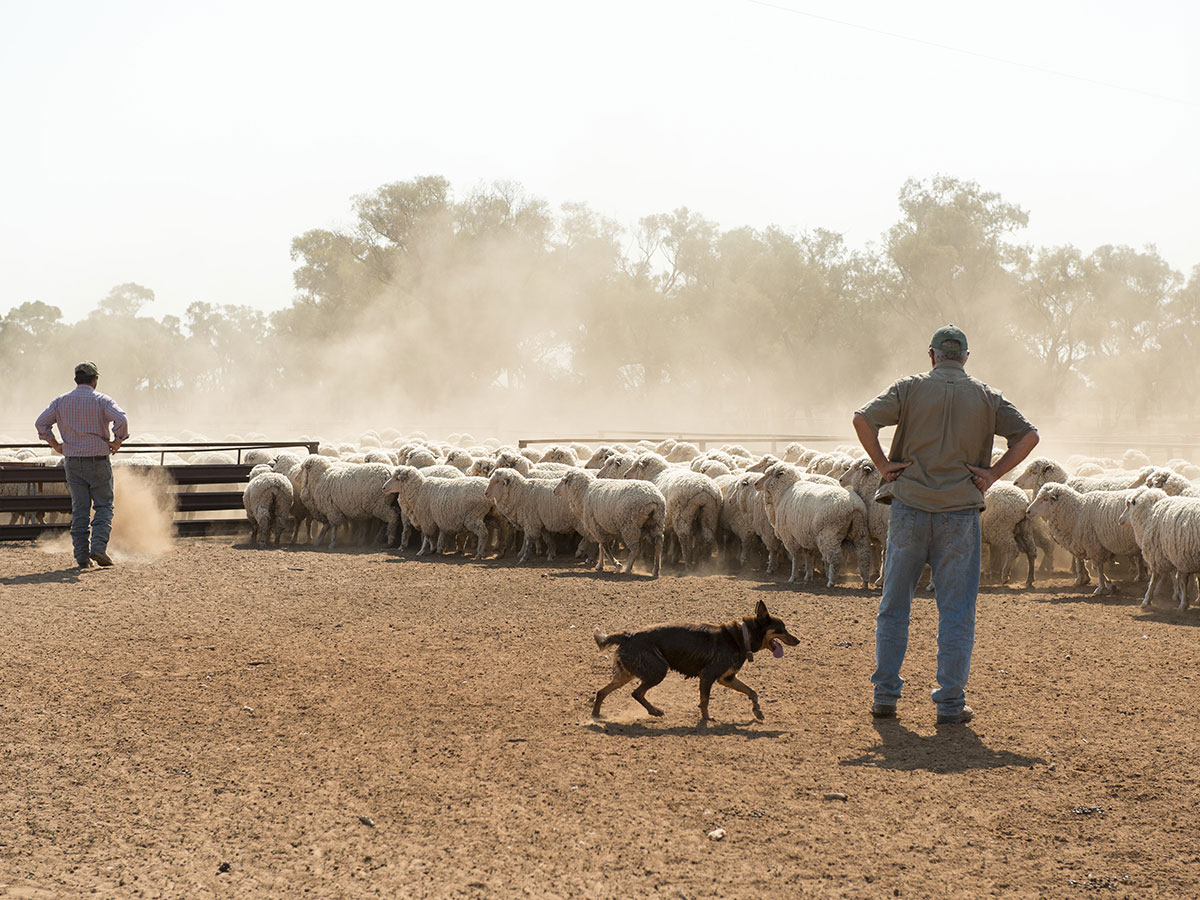No one wants to be seen as inhospitable but biosecurity provisions leave us in somewhat of a predicament. Your farm is often your home and your business. You don’t want to be unwelcoming but at the same time you don’t want to put the business at risk.
There is not a serious pig producer in Australia who would allow you into a production area of the farm without requiring you to scrub down, shower and put on clean overalls and boots. On the contrary, they will welcome you into their home at any time without a worry. This is because they have a mindset which separates their business or production area and their home and the biosecurity requirements for each are very different.
Keep in mind that the highest risk for disease entry is always going to be purchased animals, so there is not much point worrying about visitors if you’re buying chopper dairy cows from the Warragul market or cull rams from the Ballarat saleyards every other week.
The key is to minimise risk by minimising visitor contact with stock and the areas that they are housed or graze. We’re aiming to reduce risk, not eliminate it.
For most of us there is no need to set up a shower-in, shower-out protocol or even a permanent footbath, but there are a few simple steps that you can take to control the biosecurity risk from visitors.
In the first instance, take a look at your property and minimise the entry points to as few as possible while maintaining a functional farm. Decide which entry points you need and put locks and signage on all other gates.
The pest and disease risk visitors bring, depends on two things; their previous exposure, and what you allow them to be exposed to.
The primary rule is that, unless absolutely required, visitors don’t have access to stock or their grazing or production areas. The second rule is that if they need access they should be “arriving clean and leaving clean”. People who require access to stock are by definition high risk because they have been exposed to other animals on other farms as well, this includes vets, stock agents and other farmers.
Vets should be arriving with a clean overall and boots and they should clean and disinfect as they are leaving your property. If they are not doing it on your property, then they probably didn’t do it before they arrived. Other visitors may only need to wear clean boots, you can make a footbath out of a 20L chemical drum cut in half with disinfectant and ask visitors to clean and disinfect their boots. Otherwise you can supply them with pair of cheap, clean “visitor” gumboots.
Vehicles bring with them the potential to spread soil borne plant and animal diseases and weeds.
Only vehicles that absolutely require access should be allowed into production areas, all other vehicles can be directed to a designated parking area and the visitors travel in your vehicle. Hay and harvesting equipment should be clean before arrival and should be cleaned before they leave.
Wash down areas for trucks and vehicles can be used, but they require some sort of area to contain the runoff such as a purpose built sump or a small grassed area which is not used by stock and can be easily observed for any weeds.
Reducing the biosecurity risk from visitors doesn’t have to be complicated. With a little thought and a couple of signs you can reduce one of the biosecurity risks facing your farm to a negligible level for little or no cost.
For more information visit: http://www.farmbiosecurity.com.au/essentials-toolkit/people-vehicles-equipment/
